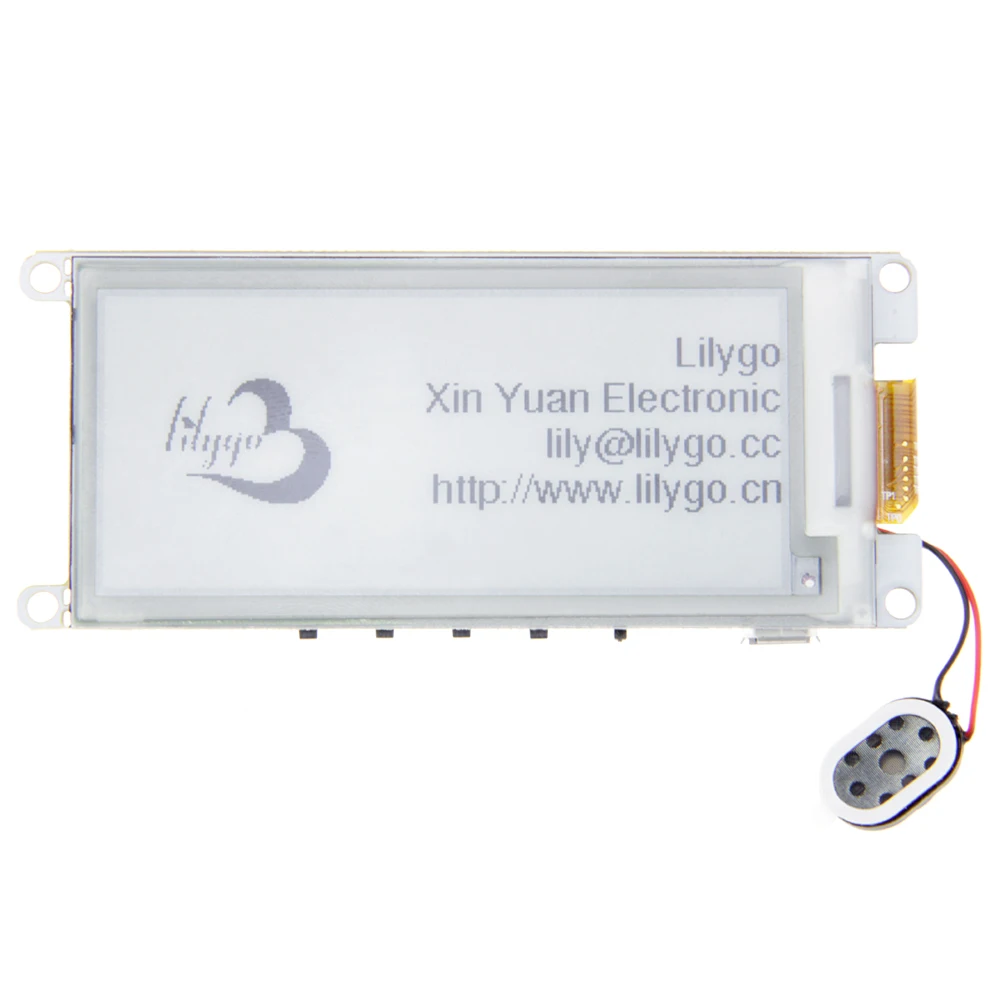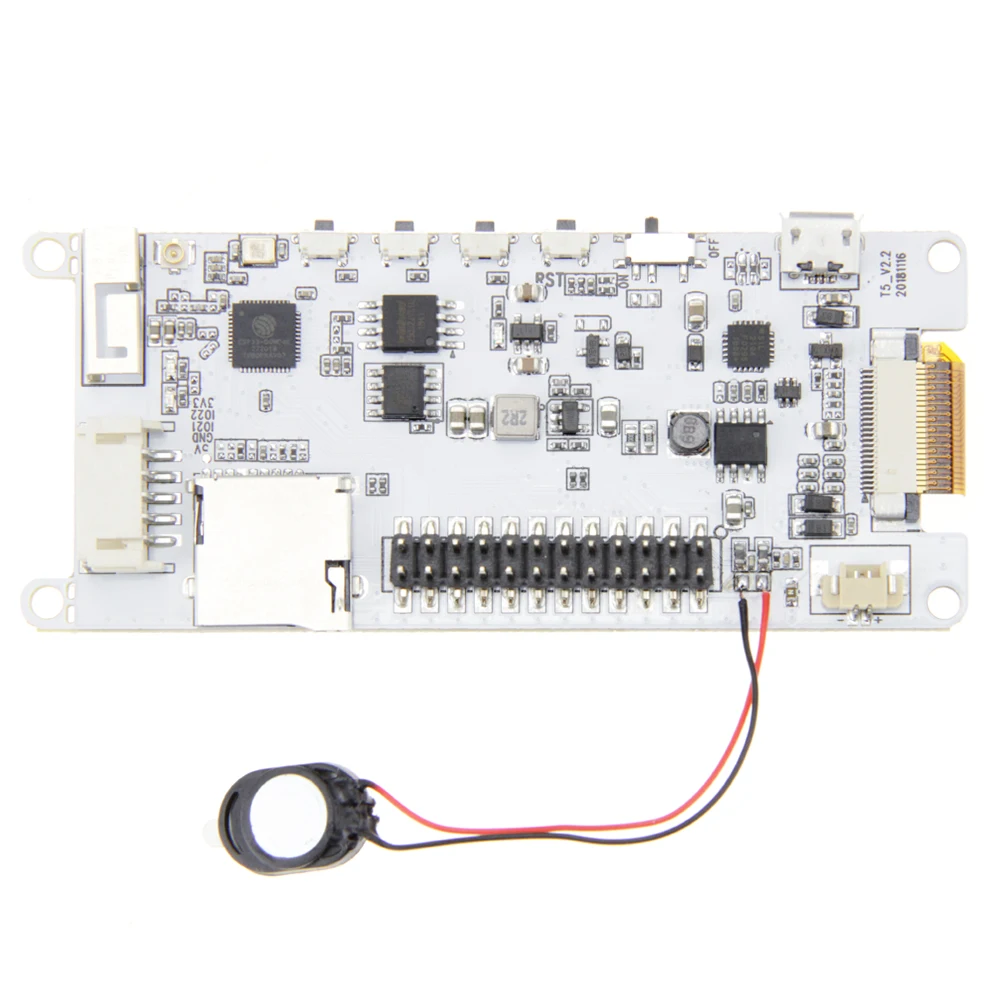I couldn’t resist the temptation to get down to coding a game like it was the 1980s again: small screen, huge pixels, 8-bit values, limited resources, limited instruction set, lots of fun.
PICO-8 is a fantasy console that only ever existed as an emulator. But oh boy, what a fun and well executed concept. I bought the license (sic, this is not a free nor open source software) so that I could play it on my Anbernic RG35XX H emulator console. And it is an amazing experience, being able to play 8-bit retro games that are freshly released and wirelessly downloaded onto a handheld device.
Since PICO-8 provides an all-in-one environment for games development, I decided to give it a try. Enter Moon Bus. This is a simple ‘Lunar Lander’-like game, where you have to travel from station to station, landing several times in a row to carry passengers around a low-gravity planet. I had a lot of fun building this and subsequently playing this on my handheld.
You can find the game on the official PICO-8 site: Moon Bus at www.lexaloffle.com
I love that there are still options to get into simple programming, without any need for massive frameworks and libraries. It is a refreshing experience and it really reminds me of coding way back when you didn’t have that many options or expectations. You definitely don’t need a cluster of GPUs to compile shaders like with other current platforms.












